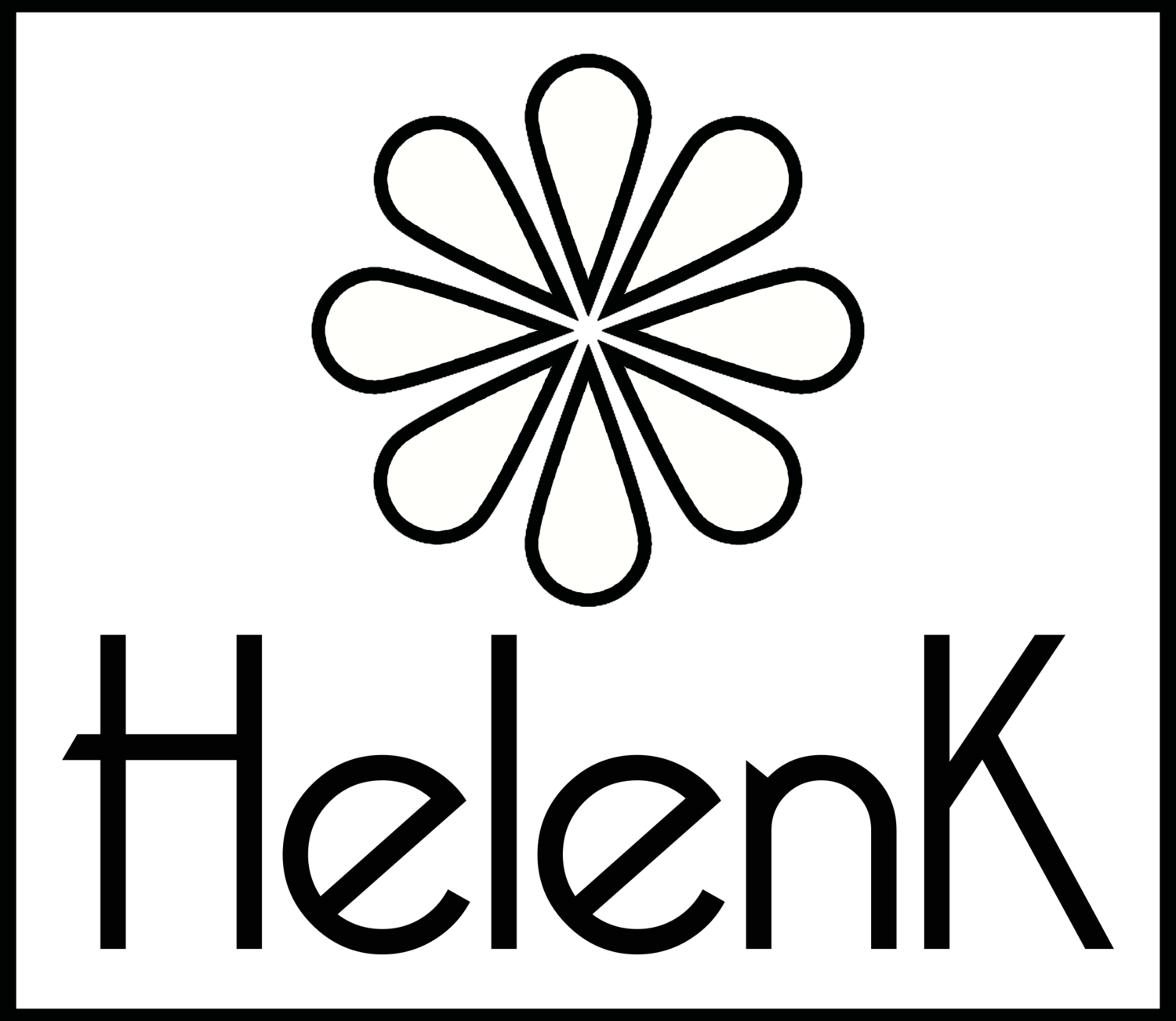Literally translated, Feng Shui means “Wind and Water.” Most people think Feng Shui is all about the interior décor of your home. But it is a method or science of harnessing the environmental energies to enhance human lives. Feng Shui is a relatively new term that describes what the ancient Chinese philosophers called “Ham Yu,” understanding how nature/mother nature flows and how to harmonize with it so it can help humans.
There are many factors and sources of energy that affect human lives based on placement and the passage of time. Feng Shui practitioners gather ALL the environmental and human energy, analyze it to detect imbalances or idiosyncrasies, and use five natural elements (wood, fire, earth, metal, water) and positioning to harmonize the interior environment of a building. There are also exterior environmental aspects that affect a building and the people who live or work there. These are addressed and adjusted in several ways, from building maintenance to altering the landscape. Since Feng Shui is intended to enhance human lives, their real-life challenges (health, relationships, career, etc.) are addressed, as well as their aspirations.
There are multiple layers involved in Imperial Chinese Feng Shui, based on the historical systems that accrued over time, beginning with the most intuitive (land formation/topographical), to the very complex (Xuan Kong). BaZi, a complex divination system based on planetary and galactic movement, is also used by most advanced Feng Shui practitioners and masters. Their origins are the I Ching, the same source as Chinese medicine and acupuncture. Understanding the flow of energy is the underlying principle for all Chinese arts. There are basically two systems of Feng Shui: San He (3 harmony), which is based in external environment and alignment and is used for long term projections, such as land development; San Yuan (3 cycle), which is cyclical and used for short term needs; Zhong hup (a combination of San He & San Yuan), which is used with individual clients who want to address both long and short term goals/needs.
While cultural and religious practices have found their way into modern Feng Shui, all methods are based on the same basic earth-science systems that evolved over thousands of years. I take the more science-based approach, but I understand the psychology of using cultural imagery such as pendants and statues to impart confidence. Not unlike wearing your lucky socks to take exams or hanging an image of an angel on your car’s rear view mirror, these items focus your intentions on a positive outcome. It is your response to the energy of the world around you that determines the ultimate outcome and human beings have long used imagery to focus them on specific energy. What you think, do, and verbalize are powerful energies that are mirrored back to you in some way.
Feng Shui is used in a predictive and prescriptive way by spotting potential energy patterns and responding to them…whether by enhancing supportive or mitigating unfavorable patterns. As ancient cultures observed specific patterns in nature over time, they recorded them and eventually an entire system evolved that used a kind of “shorthand” to explain these energy patterns. Xuan Kong is applied to determine the energy of a specific time or era on a global scale. The interactions of the “Flying Stars” accurately tell a complex story, along with Ba Zhai, and BaZi. All of this knowledge can assist us to plan proactively and responsively for our greater good.
If you want to know more about how to enhance your personal space to support you and your family or employees, contact me through this website or email me at: HelenKstyles@gmail.com


